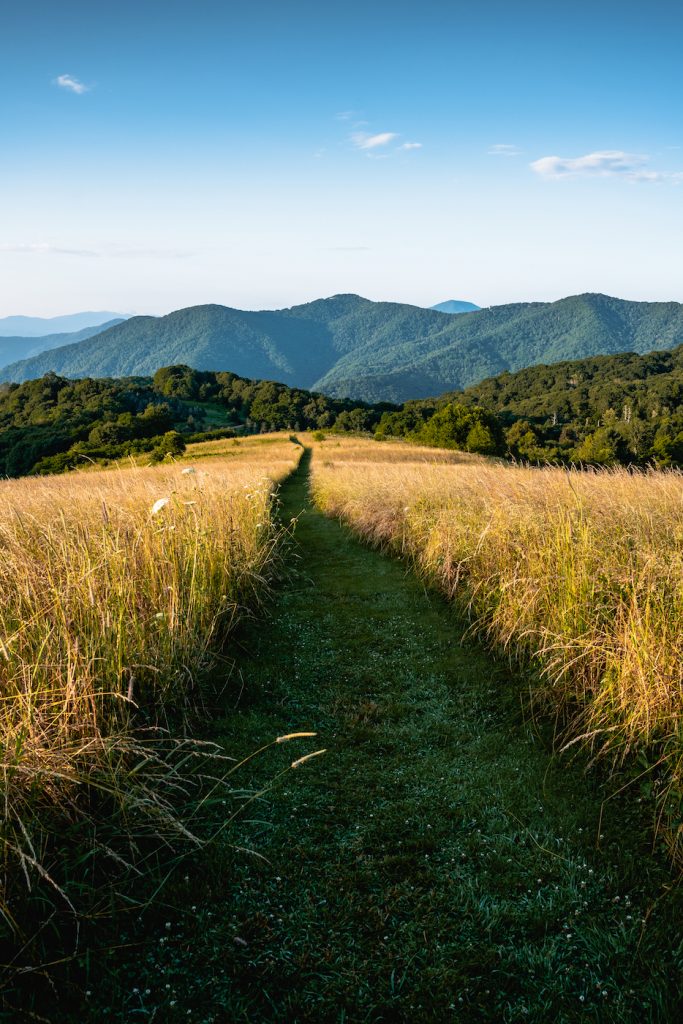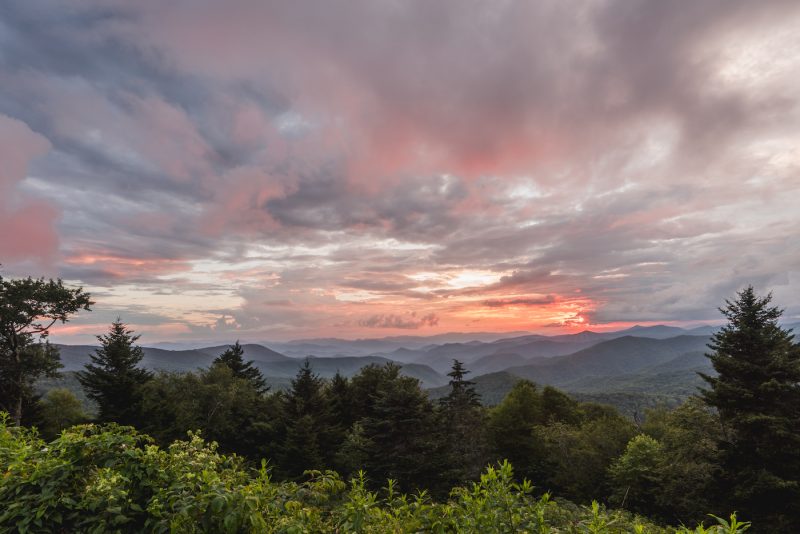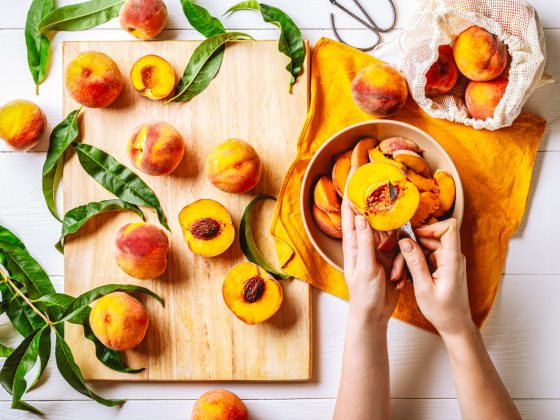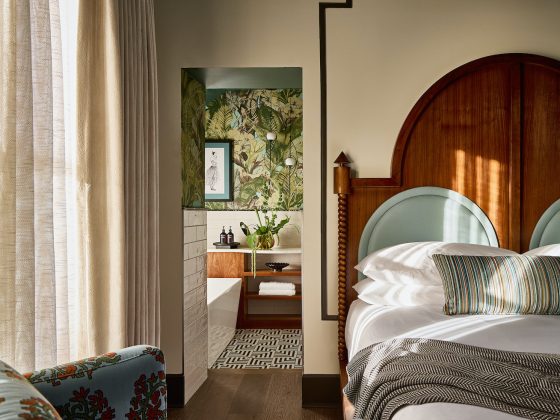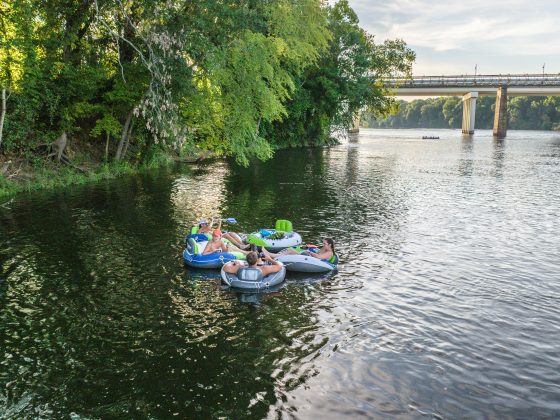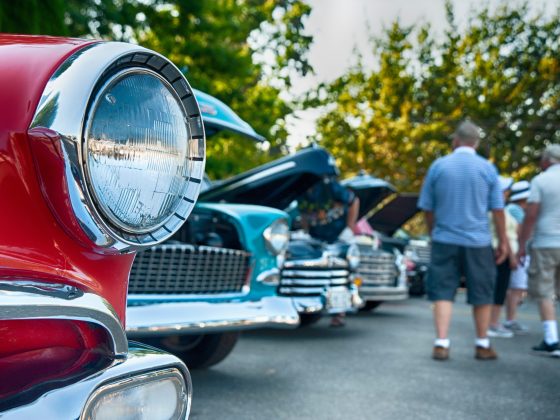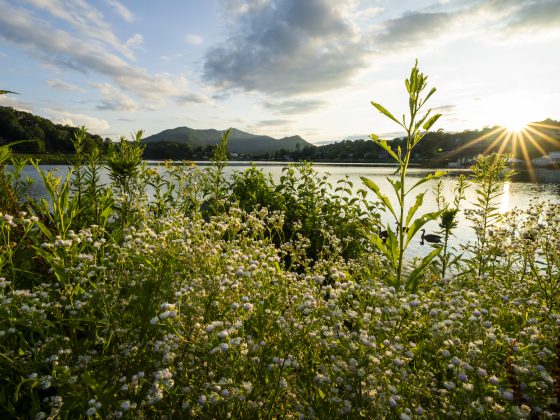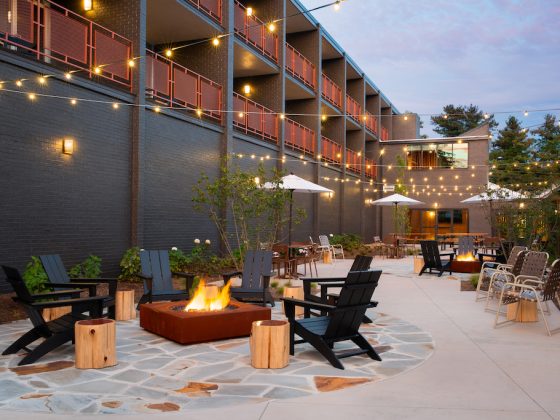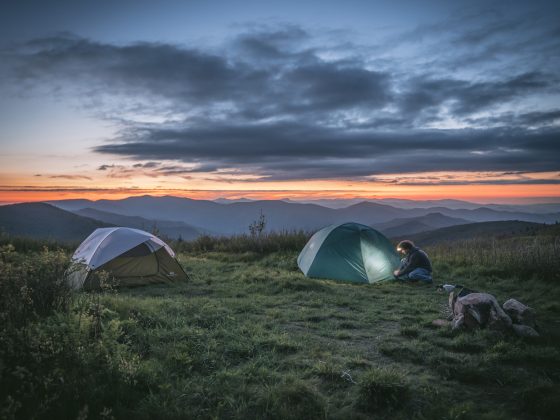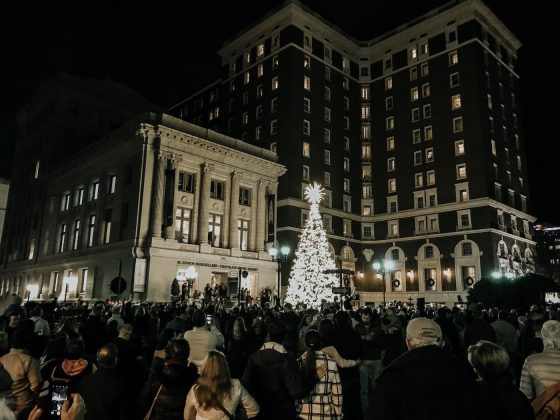From the rugged landscape of the Blue Ridge Mountains to the sandy shores of the South Carolina beaches and all the unique cities in between, the Carolinas are inherently explorable. Brimming with diversity, both geographically and culturally, we love discovering all that they have to offer. For us, the need to explore is inherent—it’s an integral part of our identity. We’re so grateful to live in a state that not only embraces outdoor culture, but wholeheartedly encourages it. See it captured through Carolina photography.
We recently reached out to 13 Carolina-based photographers, both professional and hobbyists, in order to showcase the best of our two favorite states. Our goal was to celebrate all the Carolinas have to offer, while simultaneously gaining a fresh perspective on spots we’ve visited or have yet to visit. While each photographer has their own unique style, technique, and influence, they all have one thing in common: their love of the Carolina wilderness.
After a year of isolation, many of us have begun to feel that all too familiar itch to travel. Between North and South Carolina, there is so much to explore, see, and experience. So go on that weekend trip, take a spontaneous drive out to the beach, or watch the sunrise from a mountaintop. We hope these shots ignite and inspire the wanderlust inside you.
Andrew Burns
Born and raised in the mountains of Western North Carolina, Andrew Burns’ love of capturing the outdoors runs deep. His introduction to photography came during childhood after he received a Polaroid camera as a gift. As he grew, so did his appreciation for nature and the artform. He currently shoots with a Sony a7RII. When he’s not on the ground, Andrew likes to fly his drone to get amazing aerial shots of the North Carolina mountains.
Did your love of the outdoors inform your love of photography? Or was it the other way around? Describe your artistic journey.
I loved the outdoors before I took photos. Growing up in Western North Carolina, there is really nothing else to do except be outside. But I learned to love and appreciate nature and respect the land more so after I had been traveling around with a camera in my hand.
Where do you draw your inspiration from?
Most of my inspiration comes from what I see during a hike. When I go for walks, I literally pan my surroundings nonstop, always looking for a shot.
Any advice you’d like to give landscape photographers who are just starting out?
When starting out, it’s not about the most expensive cameras or lenses that makes a great photographer. It’s just about what you see. Get out and shoot as much as time allows you to.
What’s one item you can’t live without while shooting?
It varies depending on the situation, but most of the time I cannot live without my camp stove. There is nothing like having a warm meal in the middle of the cold woods.
What compels you to shoot Carolina photography?
The weather. It plays a big role in getting the kind of shots I want. I would prefer a super cloudy day with dense fog rolling over the ridges.
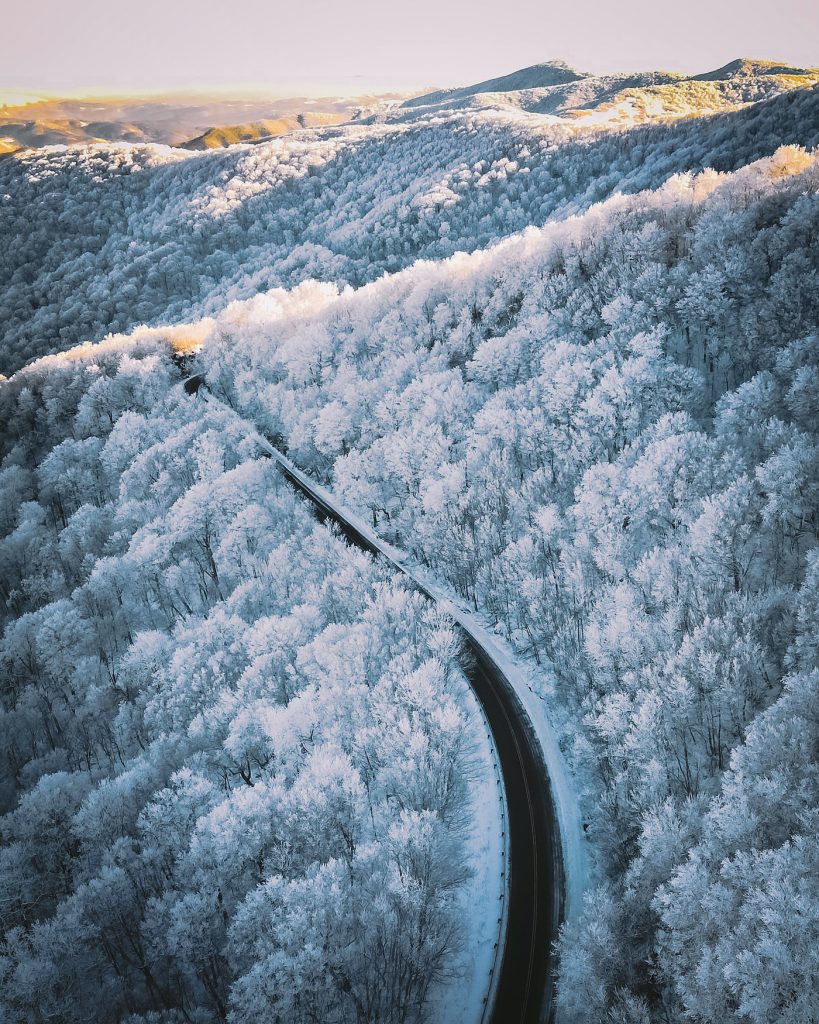
Chris Stinson
In 2011, Chris Stinson moved from the flatlands of Central Florida to Maggie Valley, NC, just outside of the Great Smoky Mountains National Park. It took a few years for him to rediscover his love of the outdoors, but once he started exploring he never stopped. In 2018 he bought a camera and has been shooting the North Carolina landscape ever since. He currently shoots with Fujifilm X-H1.
Can you share your favorite spot to shoot (that’s not a secret)?
Living in Maggie Valley there are so many amazing locations within an hour drive. Some of the best sunrises and sunsets can be found on the stretch of Blue Ridge Parkway between Asheville and Maggie Valley.
Any advice you’d like to give landscape photographers who are just starting out?
Don’t be afraid to experiment. Don’t get wrapped up on only hiking the most popular trails and overlooks. Some of the best photos I’ve found have been off the beaten path.
What compels you to shoot?
I honestly just enjoy watching the sunrise and set in the mountains. I enjoy exploring waterfalls and anything that might have a view. Having a camera along just makes it that much better.
What’s the most rewarding aspect of your photography?
The most rewarding aspect would have to be when someone reaches out and lets you know how much a photo touched them. Anytime I can bring joy to someone with a photo makes it all worth it.
What’s one item you can’t live without while shooting?
Well my camera is the first thing that comes to mind, but I would also say a circular polarizer. When shooting waterfalls, they really can make a scene pop.
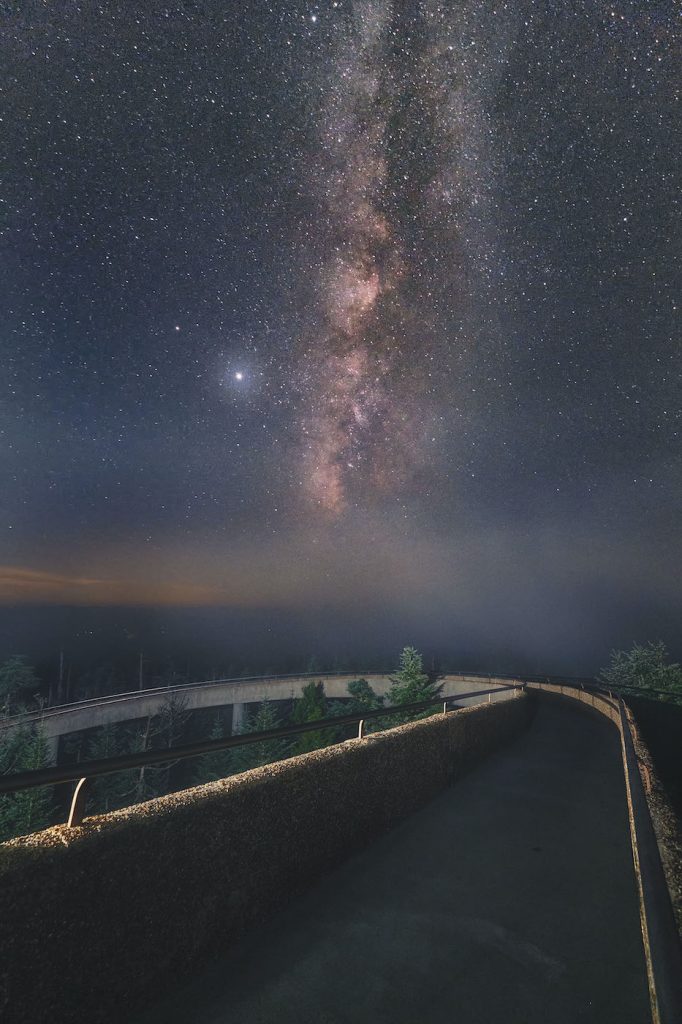
James O. Reynolds
Photographer James O. Reynolds grew up in suburban Dallas, TX. He first discovered his love for the outdoors on a family trip to Southwestern Montana where he experienced a completely different ecosystem. After seeing the lush mountains, rivers, forests, wildlife, and of course, Yellowstone National Park, he became enamored with the outdoors. He realized he wanted to capture what he saw so he picked up a camera and has been shooting ever since.
Where do you draw your inspiration from?
Home in Western North Carolina is one abundant source of inspiration. Everything is new and unique with each sunrise and sunset
Any photographers that inspire or influence your work?
I suppose any American nature photographer who does not list Ansel Adams is just being forgetful. I have learned a lot from following a number of big-timers, since almost everyone at the top seems to offer tips and tricks as part of their social media strategy. Colin Brown, Jack Fusco, Richard Bernabe, and hundreds of others, quite frankly.
Can you share your favorite spot to shoot (that’s not a secret)?
This is a tricky one because there are several favorite spots of mine that are hardly secrets. But many are so overrun lately, that I have stopped naming locations and embraced the “Leave No Trace” ethos. But the Blue Ridge Parkway within an hour’s drive from Asheville in either direction, and the Appalachian trail along the NC/TN boundary, are full of favorite spots.
Any advice you’d like to give landscape photographers who are just starting out?
Use a tripod. Get set up well before sunrise and/or plan to stay well after sunset and don’t go wider than f/11 in most cases.
What compels you to shoot Carolina photography?
The thrill of being creative, the newness of every outing, and the deeper connection to my surroundings that comes from it.
Justin Potter
For Justin Potter, photography is a family affair. He grew up watching his mother work as a professional motorsports photographer. As he got older, he realized he too had a passion for the sport and the artform. Today Justin works as an official employee of NASCAR. When he’s not traveling across the country for work, he enjoys exploring the beautiful North Carolina landscape.
Can you share your favorite spot to shoot (that’s not a secret)?
The Linville Gorge, specifically a mountain called Hawksbill and a spot called the Chimneys. That area is just such a cool spot to go and explore. The Linville River flows through it, so you hear the sound of flowing water even on top of the mountains. It doesn’t matter what time of year it is, you can find a cool shot or just sit and soak it all in.
Do you partake in other types of photography?
I do! I shoot weddings, family photos, a few real estate shoots, and some food and beverage shoots. But the one that I love the most, and hope to do more of in the future, is motorsports. Last year, I got the chance to shoot the drag races in Charlotte, NC, and it was one of the most amazing weekends I’ve ever had!
How did you choose nature/travel photography as your genre?
For the nature side of it, for as long as I can remember I have had an affinity for being outdoors. I grew up in the mountains of Northern California, which was like a nature lover’s paradise. Once I started hiking in my new home state of North Carolina, that flame was lit again.
Sunrises or sunsets?
Sunrises! Only because it’s usually just you and nature up on the mountain in the mornings. Not everyone will get up at 4 a.m. to hike in the dark just hoping it’ll be a great sunrise!
Is photography your full-time job? If not, what else do you do?
It’s not my full-time job, but the hours I put into photography probably equals out to a full-time job. I work for Stewart-Haas Racing as a body fabricator. It’s a great company to work for and they’re like family to me.
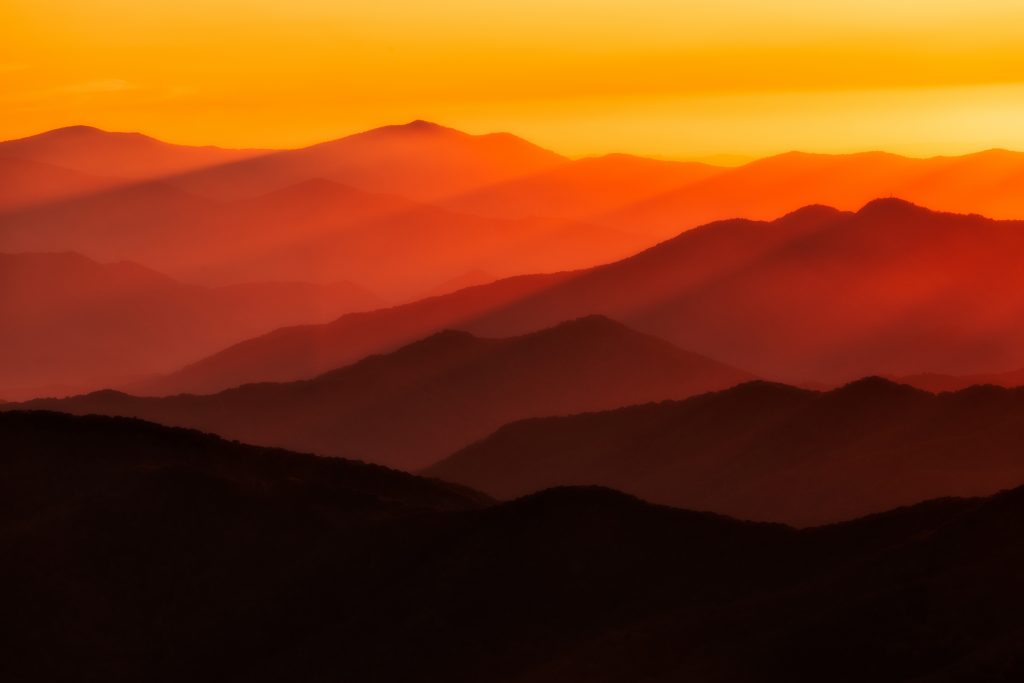
Leslie Restivo
Even from an early age, Boone, NC, native Leslie Restivo felt drawn to photography. However, it wasn’t until her first child Savannah was born that she decided to really learn the artform. According to Leslie, Savannah inspires her each and everyday to pursue her passion. When she’s not taking pictures in the Blue Ridge Mountains, Leslie enjoys other forms of photography including real estate, portraits, products, sports, wildlife, and just about everything in-between. She shoots with a Sony a7II.
What compels you to shoot?
It is all I think about. I would love to be shooting everyday. I have never had anything feel more right. It is my calm, my peace, my love. I have never had anything make me happy like photography does. The feeling is unexplainable. Fate!
Can you share your favorite spot to shoot (that’s not a secret)?
Linville Gorge has my heart. I could literally photograph there every day and never get sick of it. Nowhere like it on Earth.
Did your love of the outdoors inform your love of photography? Or was it the other way around? Describe your artistic journey.
It was definitely a combination of both. I have always been fascinated by the Blue Ridge Mountains. The raw beauty is shocking. However, now that I am shooting I have deeper appreciation for how beautiful my home is. I notice the little things more. It made me learn to stop and breath and reflect; to take in all the amazing things around me. There is nothing more soothing than spending time outside here. I have a strong urge to protect this amazing area for years to come.
Any photographers that inspire or influence your work?
There are countless people that inspire me. I am so lucky to be surrounded by talented photographers I met on Instagram that have become my best friends. Two of my greatest inspirations are Luke Sutton and Tommy White. Both amazing people, kind and talented. So lucky to learn from them both along with a true friendship.
What’s one item you can’t live without while shooting? (This can be anything including non-photography related equipment).
My tripod and my Astral shoes—love them!
Any advice you’d like to give landscape photographers who are just starting out?
Take your camera everywhere with you. Shoot everything and never give up. Do not forget to make every adventure fun. Always stay true to you and believe in yourself.
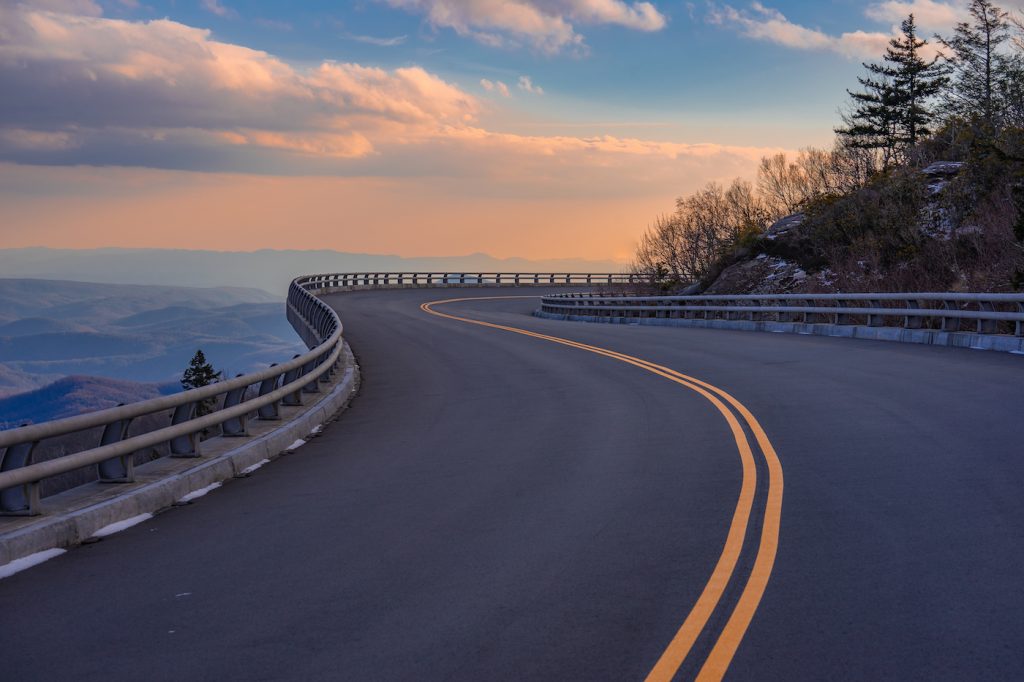
Lisa Gregory
Lisa Gregory is many things: a photographer, an avid hiker, and an RN at a heart transplant clinic in Charlotte, NC. To say she has life experience is an understatement. Her love of photography was informed by her love of nature and her devotion to God. Before pursuing photography, she would take hundreds of photos on her iPhone. After her husband surprised her with a beginner camera kit, she fell in love with it. She now shoots with a Canon 6D Mark II.
Did your love of the outdoors inform your love of photography? Or was it the other way around? Describe your artistic journey.
Over 40 years ago, I was a student at Appalachian State University and fell in love with the mountains. I was part of an outdoorsmanship program similar to Outward Bound. We would spend long periods of time in Linville Gorge camping, backpacking, climbing, repelling, and learning survival techniques. To this day, I wish I would have had a camera to capture those experiences.
What are some obstacles you face as a nature/travel photographer?
Being a female photographer can pose obvious safety concerns when hiking in more desolate areas. I am thankful to have a group of female photographers to go hiking and shooting with. When I do go alone, I travel to more populated trails with my favorite hiking buddy, my Australian Shepard Nellie.
Any advice you’d like to give landscape photographers who are just starting out?
Beauty is in the eye of the beholder. If you see it and you think it’s beautiful, capture it. Don’t give up. I have only been doing this for two years. I knew nothing about photography. Believe it or not, I had to Google what shutter speed meant.
What’s the most rewarding aspect of your photography?
Being able to share the beauty of the Blue Ridge Mountains with those who aren’t able to be here. I love to see comments from followers that express joy when they see a photo of mine.
What is your dream destination?
There are a few places I can think of, but I would love to travel to Katmai National Park in Alaska. Capturing the bears during the salmon runs would be an unforgettable experience.
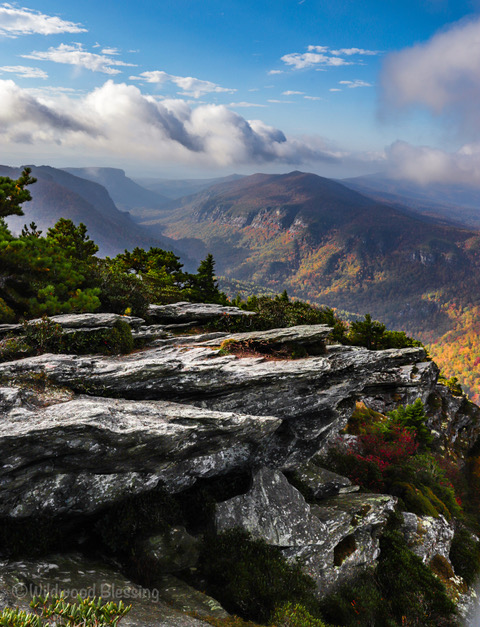
Luke Sutton
Luke Sutton is a wildlife photographer based out of Maggie Valley, NC. He was first introduced to photography after injuring his knee in a snowboarding accident. He wanted to stay involved with the sport so he decided to shoot photos instead. From then out on out, he was hooked. Nowadays Luke focuses on nature and travel photography. He feels compelled to capture amazing places and loves to share his work with his audience on Instagram where he has amassed nearly 10,000 followers.
How did you choose nature/travel photography as your genre?
I kinda just fell into nature/travel photography. Living so close to so many beautiful places, and my love of traveling, made nature photography an easy choice.
24-70mm or 70-200mm?
70-200mm.
Any advice you’d like to give landscape photographers who are just starting out?
Don’t let any negative comments about your work discourage you. Love what you create, photography is an expression of yourself not others.
What are some obstacles you face as a nature/travel photographer?
The growing development of land everywhere. It’s making it harder at night with light pollution. Mountains are starting to become developments, making some spots unphotogenic.
What is your dream destination?
Anywhere shooting photos with Leslie Restivo.
Michael Hanson
Even from an early age, Michael Hanson felt the urge to create. As a child he would make videos using his parents old video recorder. In high school, he received his first DSLR camera and began taking photography classes. Nowadays Michael, an avid outdoorsman, likes to shoot around his home on Lake Keowee in South Carolina. His photography mainly focuses on the Upstate portions of the state. Besides landscape photography, he also partakes in real estate photography, commercial photography, and personal portrait photography for families and individuals.
How did you choose nature/travel photography as your genre?
Because I love the great outdoors! I started hiking and backpacking first and then started carrying my camera so I could create images of the outdoor spaces we were hiking through. It just made sense to me, to combine the two things I love the most: hiking and photography.
Any photographers that inspire or influence your work?
There are so many outdoor/adventure photographers that inspire me! Jimmy Chin, Renan Ozturk, Quin from Ever Changing Horizon, and Chris Burkard are some of my favorites.
What’s one item you can’t live without while shooting? (This can be anything including non-photography related equipment).
I can’t go anywhere without my drone! A drone literally gives you the opportunity to take a photo from almost every possible angle. It opens up a whole new world and perspective to shoot with.
What compels you to shoot?
I absolutely love adventuring. The sense of adventure and “living life to the fullest” that I get from exploring amazing places and being able to capture them in a photo is what makes me want to continue doing it.
What are some obstacles you face as a nature/travel photographer?
The biggest obstacle is definitely nature itself. If you’re constantly shooting outside you always have the weather and environment to deal with, and sometimes they can be really unforgiving. Also, any sort of outdoor adventure photography is going to require a certain amount of physical effort. It’s a lot of hiking to get places, so hopefully you like hiking!
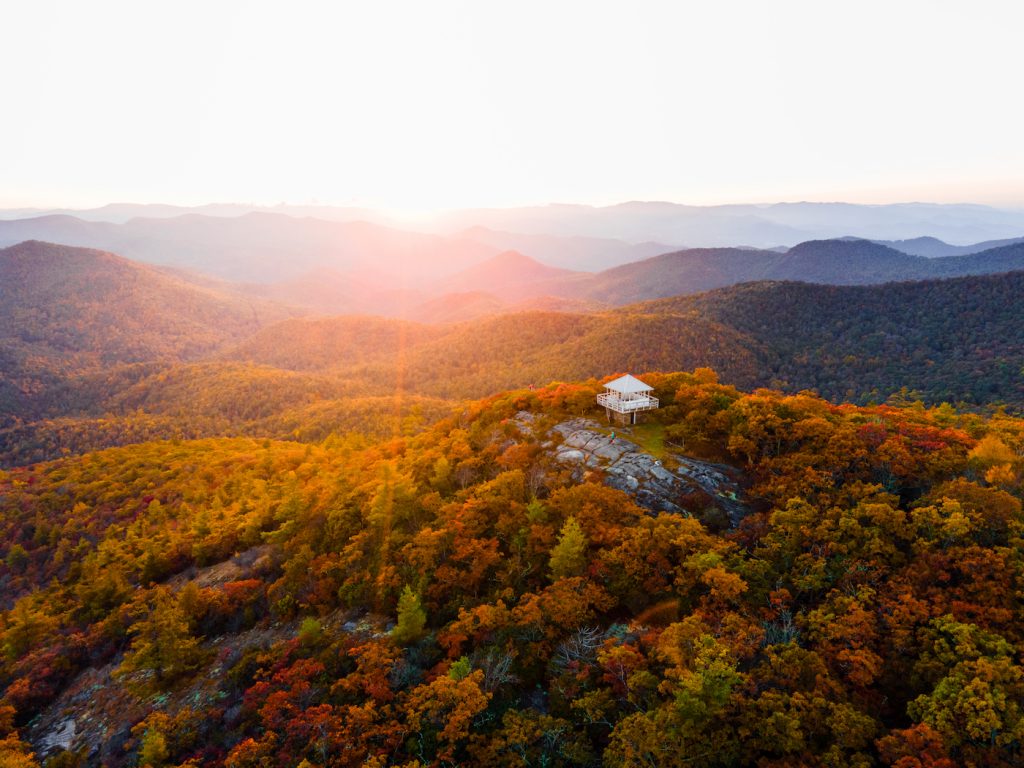
Mike Poggioli
Mike Poggioli first became interested in photography during his daily commutes on Chicago’s “L” train. He describes those rides as an “architectural tour” of the city. Every day he would spend the ride snapping photos with his iPhone. As his passion for architectural photography grew, he began connecting with street photographers in the area. Eventually, he transitioned from an iPhone to a Canon 5D Mark III. After moving to Asheville last year, he began focusing on nature and landscape photography. When he’s not out shooting photos, he works full-time as a psychologist.
Did your love of the outdoors inform your love of photography? Or was it the other way around? Describe your artistic journey.
I fell in love with photography when I lived in Chicago about five years ago. I always felt a connection to nature, though, so it only made sense that I’d end up moving to a city nestled in the Appalachian Mountains. I’d say they inform one another! For example, photography helped me discover the Asheville area to a fuller extent. I researched more hikes, overlooks, and waterfalls to explore and always brought my camera with me!
How did you choose nature/travel photography as your genre?
I switched to nature photography when I moved to Asheville last year. Living in the Blue Ridge Mountains challenged me to apply my editing style to a whole new content area. It’s been a great learning experience!
Where do you draw your inspiration from?
I draw my inspiration from the beauty I find from light. I’ve become fascinated with how light can transform a subject. Soft, hazy colors from sunrise or sunset, or the harsh light during golden hour bring out so much beauty in any context—urban or nature settings.
What’s one item you can’t live without while shooting? (This can be anything including non-photography related equipment).
I recently got a set of ND-polarizing filters from Sandmarc. They’re game-changers! I also can’t go without iced coffee if I’m going on a shooting adventure.
What compels you to shoot?
Photography is a form of mindfulness and has become my creative outlet and primary means of self-care.
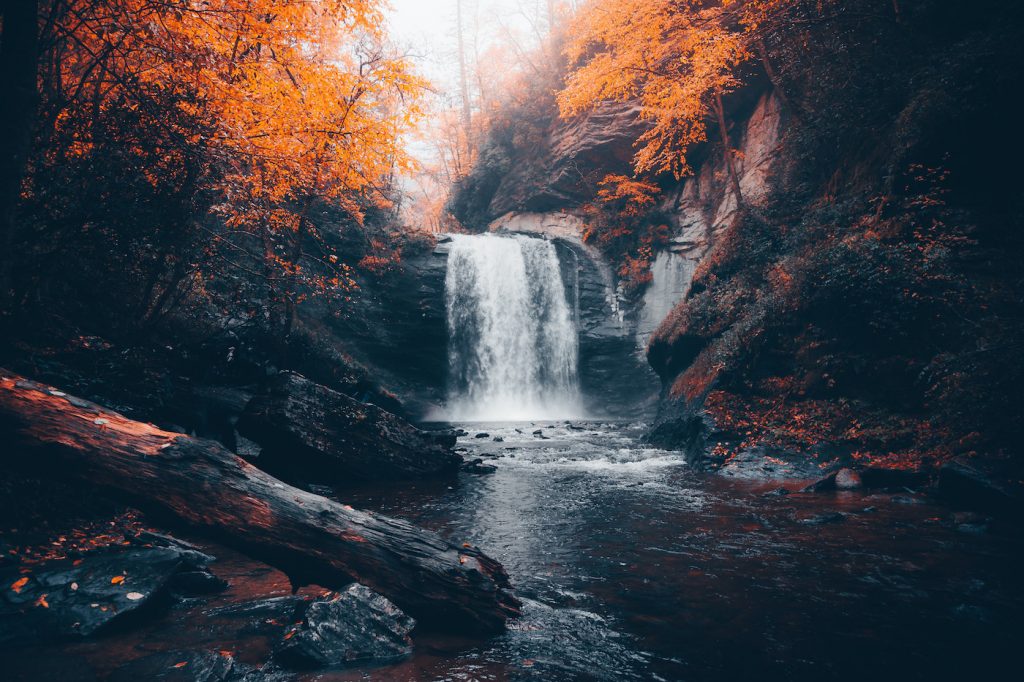
Myles Gelbach
Myles Gelbach is a Charlotte native with a love for photographing both cityscapes and landscapes. Growing up he witnessed Charlotte’s rapid growth. The ever-evolving skyline intrigued and inspired him. During his childhood, Myles also went on a lot of backpacking adventures with his father. The combination of city living and his avid outdoorsmanship, helped form his artistic vision. Once he got his first camera, he made an effort to learn as much as he could about photography.
Is photography your full-time job? If not, what else do you do?
Currently just a hobby with the occasional paid job. In my day-to-day, I work for a company that builds sets for television studios. Mainly the desks and backgrounds that you see on news shows!
Can you share your favorite spot to shoot (that’s not a secret)?
Pretty much anywhere along the Blue Ridge Parkway. It seems like every overlook offers a new, gorgeous view. But my favorite spot on the parkway is the Frying Pan Lookout Tower. Being able to take in the panoramic views is just amazing.
Any advice you’d like to give landscape photographers who are just starting out?
Persistence pays off. I’ve watched so many duds of a sunrise/sunset, but you have to keep trying because you never know which one is going to be that magical one.
What brand/gear/equipment do you use?
I have a Sony camera, primarily Sony lenses, and a Benro tripod.
What compels you to shoot?
To be able to document a slice of time. I love being able to take pictures of things that people don’t always get to see, such as the full moon or storms.
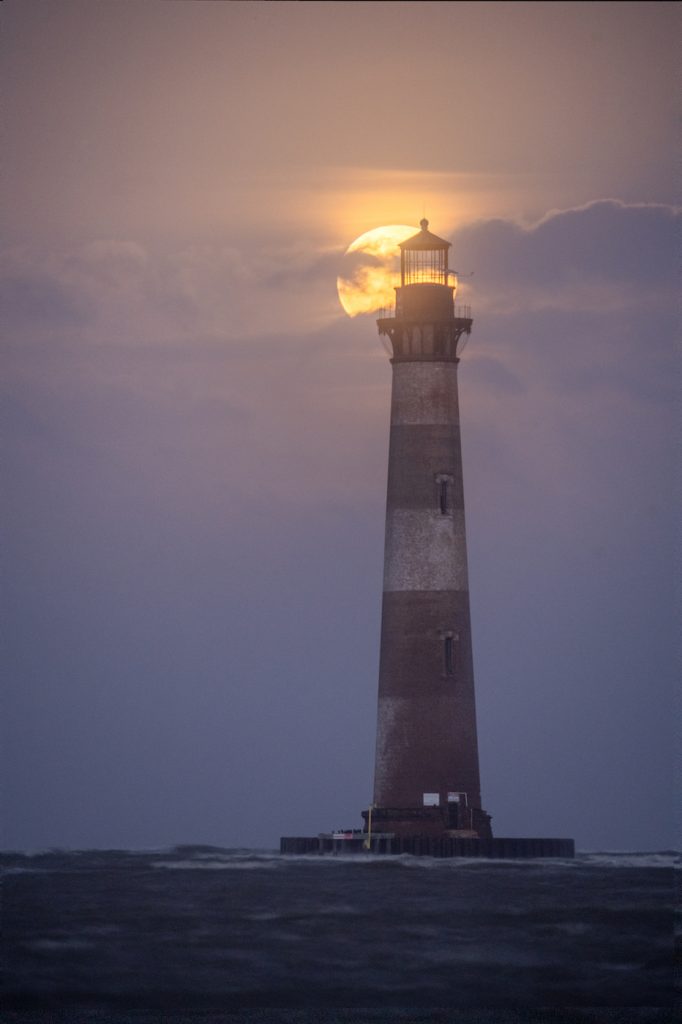
Prakash Ganipineni
Prakash Ganipineni’s journey into photography happened suddenly and unexpectedly. As an avid traveler, Prakash realized that he experienced and appreciated life in a way that seemed to differ from those around him. While exploring different landscapes, cities, and towns he felt the urge to capture and preserve the amazing things he saw in a permanent way. After buying his first camera, he became hooked. Right now photography is just a hobby for Prakash. When he’s not chasing the perfect sunrise, he works as a software engineer.
How did you choose nature/travel photography as your genre?
Initially I started with street, portrait, and landscape photography. During this process, I realized I was inclined towards landscape photography, as I felt we can preserve/share the best this world offers. Subsequently, it brought out the best in me too, as I recall days where I woke up at 3 a.m. and drove for hours just to see the sunrise, camp in the woods or mountain tops, even in the freezing cold. I would have probably laughed at anyone doing such things before photography consumed me.
Any advice you’d like to give landscape photographers who are just starting out?
I’ll share my experience on how I started: I try to include a clear subject for most of my photographs and use leading lines or motion to lead the viewer’s eye onto my subject. I also try to add two-dimensional depth to my images by including shadows and highlights and exaggerate them in post processing.
Did your love of the outdoors inform your love of photography? Or was it the other way around? Describe your artistic journey.
I like the outdoors as it enables me to be spontaneous and seek new intimate experiences with nature. I use my camera to preserve those experiences. Once I started enjoying photography, it’s become both ways—I travel to photograph and photograph to travel.
What compels you to shoot?
Whenever I’m appreciating a moment, I feel the camera naturally floats towards my hand and I capture it. And the fact that a moment can be made immortal through photography is something very compelling, as it becomes an ideal medium to re-experience memory, connection, experience, humanity, and intimacy.
Any photographers that inspire or influence your work?
Many indeed! Ansel Adams, Marc Adamus, and Daniel Kordan are a few to name.
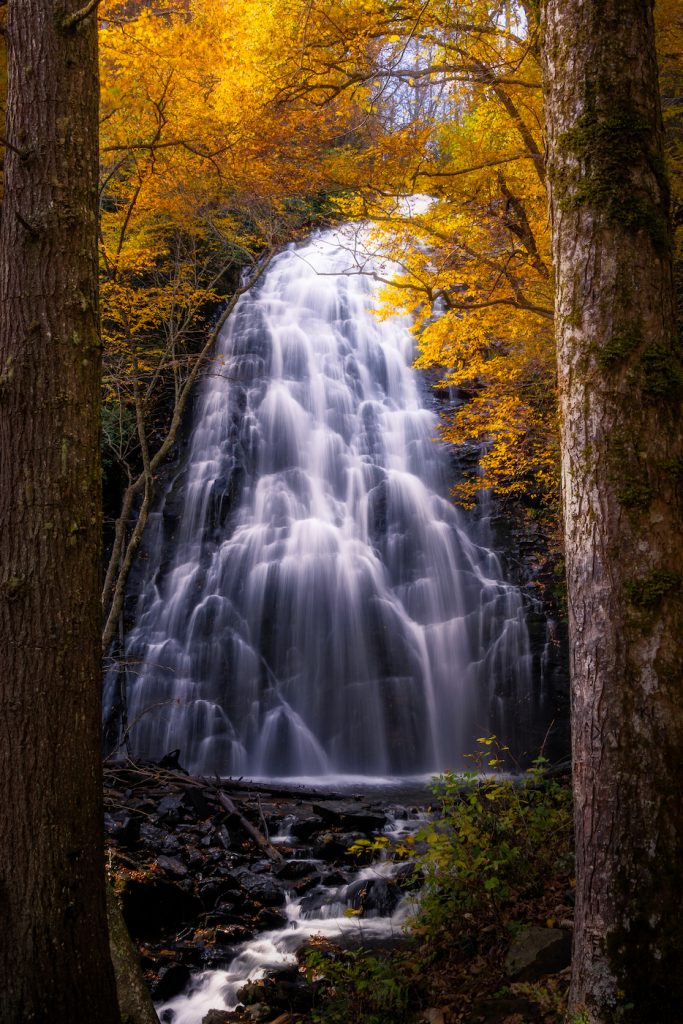
Rachel Pressley
Growing up Rachel Pressley would often go on camping trips with her family. During each excursion, her mother would give her and her sister a disposable camera and a journal so that they could document their experiences. This opened Rachel’s creative eye and was her jump-start into photography. Rachel, like her mother and her sister before her, attended Appalachian State University where she majored in sustainable development, concentrating in environmental studies and minored in commercial photography and journalism. Her studies taught her about the devastating effects humans can have on the environment, and inspired her to document the natural beauty of the land. Today she works as an editorial assistant for a local publishing company in Western North Carolina.
What compels you to shoot?
When it comes to nature photography, something inside of me pushes me out the door with my hiking boots on and backpack strapped. Sometimes, I swear I’m not in control. My creative juices get flowing, and out the door I go. I can be exhausted, but I’ll still get out and shoot. I live to create, it’s what makes me feel most like myself.
What’s the most rewarding aspect of your photography?
The mentality that it has given me as an adult. I have such a zest for chasing the light, getting outside with friends, and taking in experiences on a much deeper level now. It has shaped me into the hardworking, compassionate individual I dreamed about being when I was a rebellious teenager. It has paid off in more ways than one and I really think it’s the sole reason I am still here today.
Did your love of the outdoors inform your love of photography? Or was it the other way around? Describe your artistic journey.
My love of the outdoors informed my love of photography, but my love of photography also grew my infatuation with the outdoors. The more time I spent with my camera outside, the more I fell in love with both being in nature and getting creative. I’ve dabbled in many forms of photography outside of landscape photography, but it’s still the only one that has stuck as a hobby for me.
What are some obstacles you face as a nature/travel photographer?
While I wouldn’t label this as an obstacle, the nature photography industry has become so saturated, especially since social media took off. I try to remain focused on my work alone, practice not comparing myself to others, but rather celebrating the fact that there are so many people out there who feel the same drive and passion to get outside and shoot as I do.
Any photographers that inspire or influence your work?
India Earl has been a photographer I aspire to be more like. She ties portraiture with the landscapes around her, and it’s like you can feel the emotion seeping out of her photos. That’s the goal I have. To make people feel what I felt in the moment that was captured.
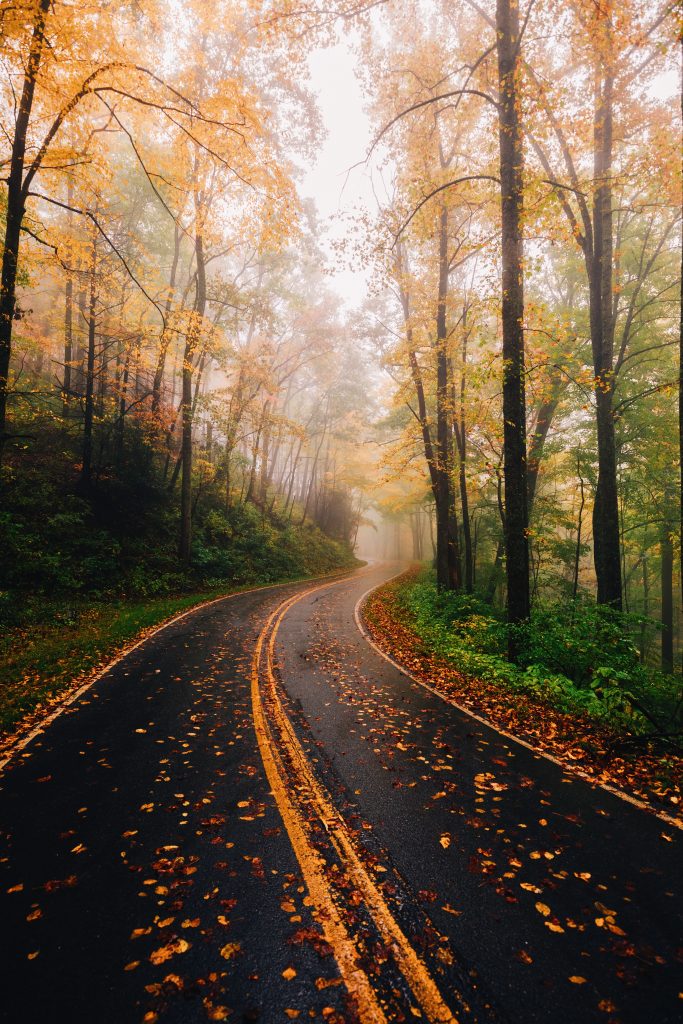
Sarah Leek
Sarah Leek grew up in the mountains on the border of North Carolina and Virginia. Her childhood consisted of hours spent digging in the garden, camping trips, and scenic picnics in beautiful places. Throughout her education, she was heavily involved in art classes. For her, art was, and is, a therapeutic way to deal with anxiety and depression. In middle school, her parents gifted her a camera and her love of photography began to grow. Sarah also cites Instagram as a huge source of inspiration for honing her photography skills.
Where do you draw your inspiration from?
Inspiration is everywhere: books, cinema, music, and of course other photographers. Sometimes I’ll read a poem or hear a song lyric that helps me envision an image I’d like to create.
What compels you to shoot Carolina photography?
It’s hard to explain what exactly compels me to shoot—there are so many aspects to it. I feel that being an artist is my identity and sharing that art with others is my purpose. It makes me feel alive and ignites a joy in me that nothing else ever has. It’s my greatest passion.
Any photographers that inspire or influence your work?
My top inspiration at the moment is Alex Strohl, an adventure and travel photographer whose moody yet colorful editing style really resonates with me. I also find a lot of inspiration in female landscape photographers like Cath Simard and Christian Schaffer, who aren’t afraid of a challenge and encourage me to keep pushing myself into the male-dominated, outdoor industry.
What’s one item you can’t live without while shooting? (This can be anything including non-photography related equipment).
I’ve learned from experience that the more comfortable I am, the longer I can shoot. The more focused I am on what I’m doing, and the more I enjoy doing it. I always make sure I have plenty of warm layers, rain protection, snacks, and water, so that I can make the most of my adventures. It can be quite miserable to be unprepared on a hike.
What is your favorite lens?
My Sigma Art 24-70 2.8 is, for the most part, the only lens I use. It’s a bit heavy but it creates beautifully sharp images and the zoom range is so versatile. The 2.8 F-stop also allows me to create bokeh effects, and helps with night photography.
